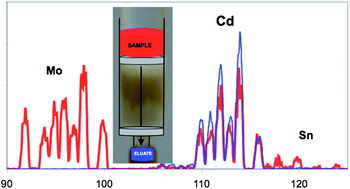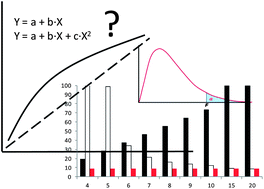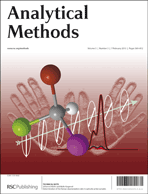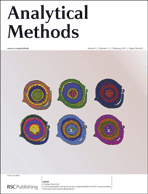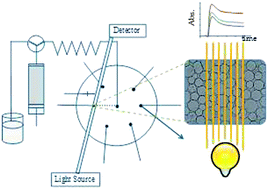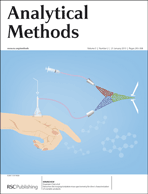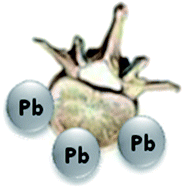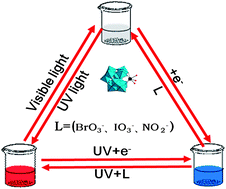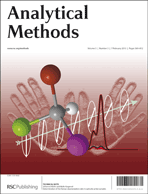 Take a look at this great list of selected HOT articles recently published in Analytical Methods! Topics include nanoparticle-based colorimetric anticancer drug detection methods and ultra performance liquid chromatography-tandem mass spectrometry for multiple bile acids detection.
Take a look at this great list of selected HOT articles recently published in Analytical Methods! Topics include nanoparticle-based colorimetric anticancer drug detection methods and ultra performance liquid chromatography-tandem mass spectrometry for multiple bile acids detection.
Check out also the new review by Edward Randviir and Craig Banks on electrochemical impedance spectroscopy. All these papers will be free for you to read until February 18th.
Electrochemical Impedance Spectroscopy: An Overview of Bioanalytical Applications
Edward P Randviir and Craig E Banks
Anal. Methods, 2013, Accepted Manuscript
DOI: 10.1039/C3AY26476A
Application of an electronic tongue towards the analysis of brandies
Xavier Cetó , Matias Llobet , Joan Marco and Manel del Valle
Anal. Methods, 2013, Advance Article
DOI: 10.1039/C2AY26066B
Potential of solid sampling high-resolution continuum source graphite furnace atomic absorption spectrometry to monitor the Ag body burden in individual Daphnia magna specimens exposed to Ag nanoparticles
Martín Resano , Ana C. Lapeña and Miguel A. Belarra
Anal. Methods, 2013, Advance Article
DOI: 10.1039/C2AY26456K
Self-powered herbicide biosensor utilizing thylakoid membranes
Michelle Rasmussen and Shelley D. Minteer
Anal. Methods, 2013, Advance Article
DOI: 10.1039/C3AY26488B
Quantification of Multiple Bile Acids in Uninephrectomized Rats Using Ultra-Performance Liquid Chromatography-Tandem Mass Spectrometry
Carlos A Penno , Denis Arsenijevic , Thierry Da Cunha , Gerd A Kullak-Ublick , Jean-Pierre Montani and A Odermatt
Anal. Methods, 2013, Accepted Manuscript
DOI: 10.1039/C3AY26520J
Colorimetric anticancer drug detection by gold nanoparticle-based DNA interstrand cross-linking
Xiaoji Xie , Renren Deng , Feng Liu , Wei Xu , Sam Fong Yau Li and Xiaogang Liu
Anal. Methods, 2013, Advance Article
DOI: 10.1039/C3AY26422J











